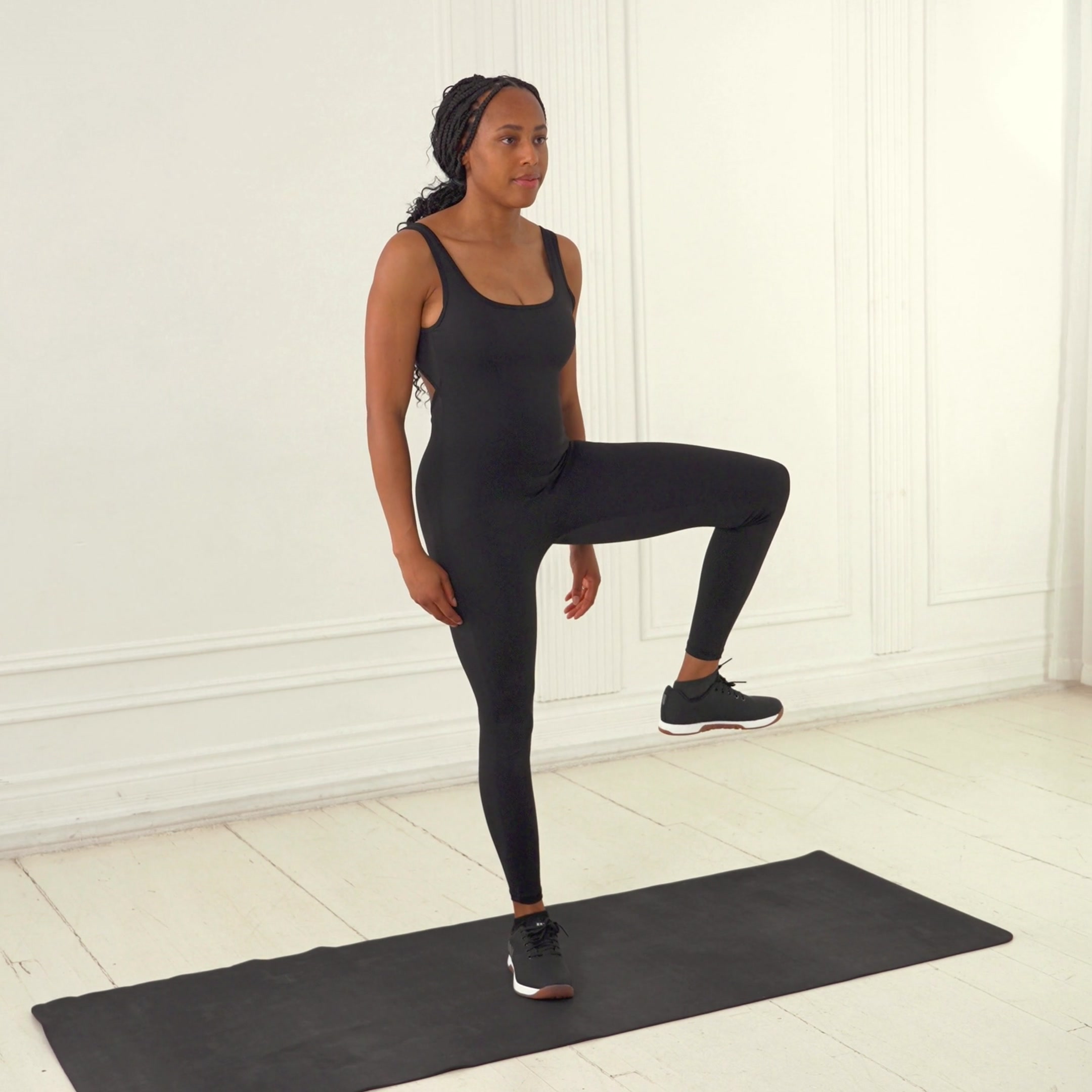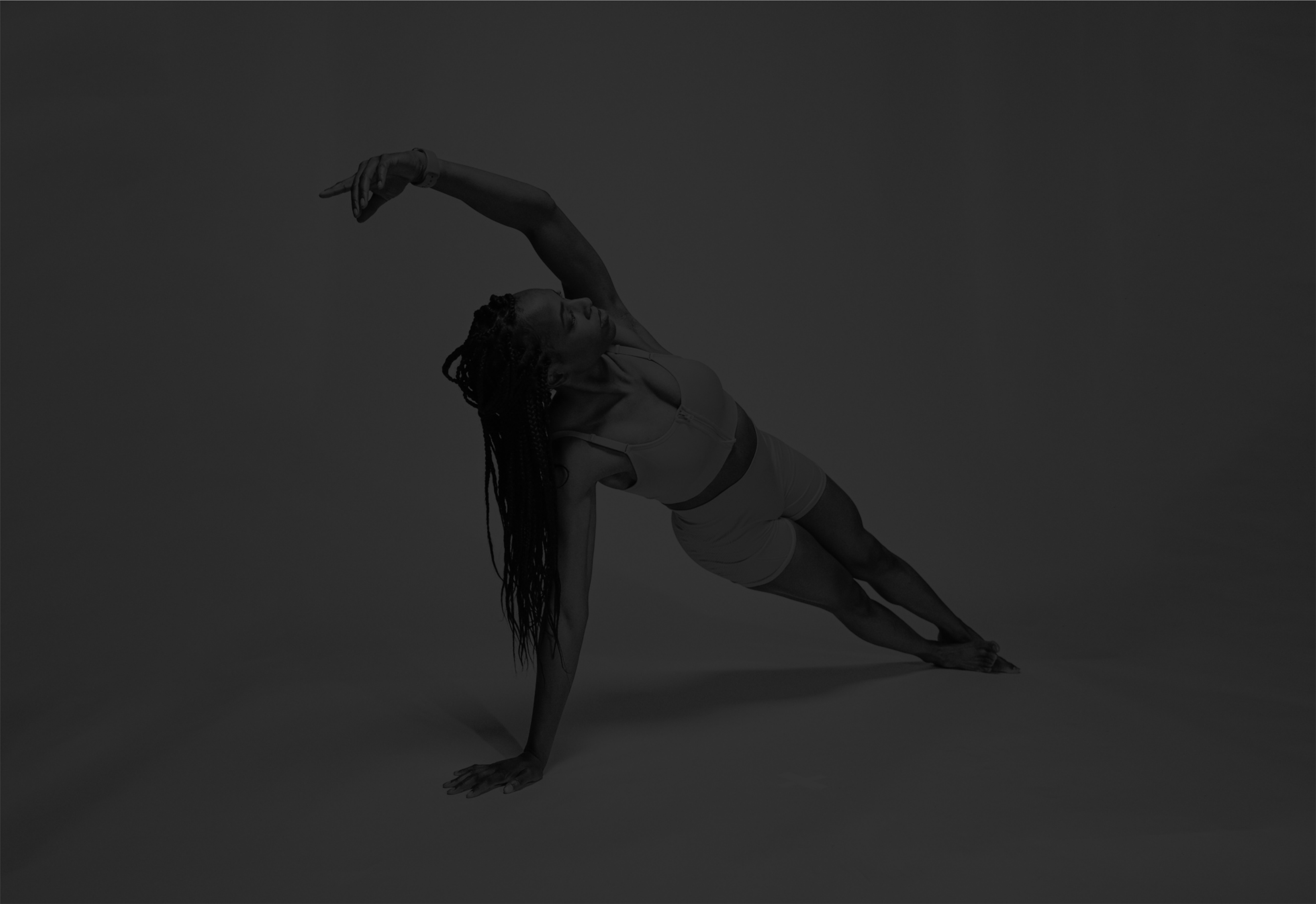
Video Coming Soon
We're working on adding video demonstrations for this exercise.
Cable Standing Hip Flexor Raise
Cable machine isolation exercise that lifts one leg forward against resistance, targeting hip flexors to build strength and stability for running, kicking, and daily movement.
About Exercise
Equipment
Single Cable Machine
Difficulty
2/5 • Beginner
Primary Muscle Groups
Hip Flexors
Secondary Muscles
Abs, Lower Back
Accessory Muscles
Glutes
Popularity Score
5
Goals
Training Style
Setup Requirements
Requires Rack
No
Requires Bench
No
Requires Spotter
No
Space Needed
Small
Noise Level
Low
Muscle Breakdown
View Muscle MapHip Flexors
10/10Iliopsoas
Quads
7/10Rectus Femoris
Abs
5/10Rectus Abdominis, Transverse Abdominis
Lower Back
3/10Erector Spinae
Glutes
2/10Glute Max
Programming
Typical Rep Range
10-15 reps
Rest Between Sets
60-90 seconds
How to Perform
Attach ankle strap to low cable pulley and secure around one ankle. Stand facing away from machine with slight cable tension, holding stable object for balance if needed.
- Brace core and maintain upright posture.
- Slowly lift strapped leg forward, bending knee toward chest.
- Pause briefly at top to squeeze hip flexors.
- Controlled lower leg back to start without letting weight stack touch.
- Switch legs after reps.
- Keep hips square throughout.
Coaching Tips
Form Cues
- Core tight, no arching.
- Lift with hip, not momentum.
- Hips level, no rotation.
- Knee tracks straight.
Breathing
Inhale during lowering phase; exhale as you lift and squeeze.
Tempo
2-1-2
Range of Motion
From full hip extension behind body to thigh parallel to floor or knee near chest, without lumbar arch.
Safety
Safety Notes
- Avoid if acute hip or low back pain present.
- Use light weight initially for form.
- Maintain neutral spine to protect lower back.
- Stop if balance causes strain.
Spotting
No spotter needed; use machine frame or bench for self-support to aid balance.
Common Mistakes
- Swinging leg with momentum.
- Excessive lower back arch.
- Leaning torso forward.
- Letting weight stack crash.
When to Avoid
- Acute hip impingement
- Lower back strain
- Recent hip surgery
Flexibility Needed
- Adequate hip flexion range
- Basic ankle stability
Build Up First
- Core bracing competency
- Single-leg balance basics
Also known as
Standing Cable Hip Flexion, Cable Knee Drive, Cable Hip Flexor Lift
Found this helpful?
Share your thoughts or help us improve this guide.
Similar Exercises
Cable Laying Hip Flexor Raise
Single Cable Machine
Hip Flexors

Standing Hip Flexor Stretch
Bodyweight
Hip Flexors

Mini Loop Band Standing Hip Flexion
Loop Bands
Hip Flexors

Foam Roller Hip Flexor
Others
Hip Flexors

Cable Standing Russian Twist
Single Cable Machine
Obliques

Half Kneeling Hip Flexor Stretch
Bodyweight
Hip Flexors

Cable Hip Abduction
Single Cable Machine
Glutes

Cable Hip Adduction
Single Cable Machine
Adductors

Cable Chop
Single Cable Machine
Obliques

Cable Front Raise Double Arm
Single Cable Machine
Shoulders


subscribe to our newsletter
Contact Us
hello@trainfitness.aiFind Us
130 Spadina Avenue, Toronto,
Ontario, M5V 0H4, Canada
©2025 All Rights Reserved
